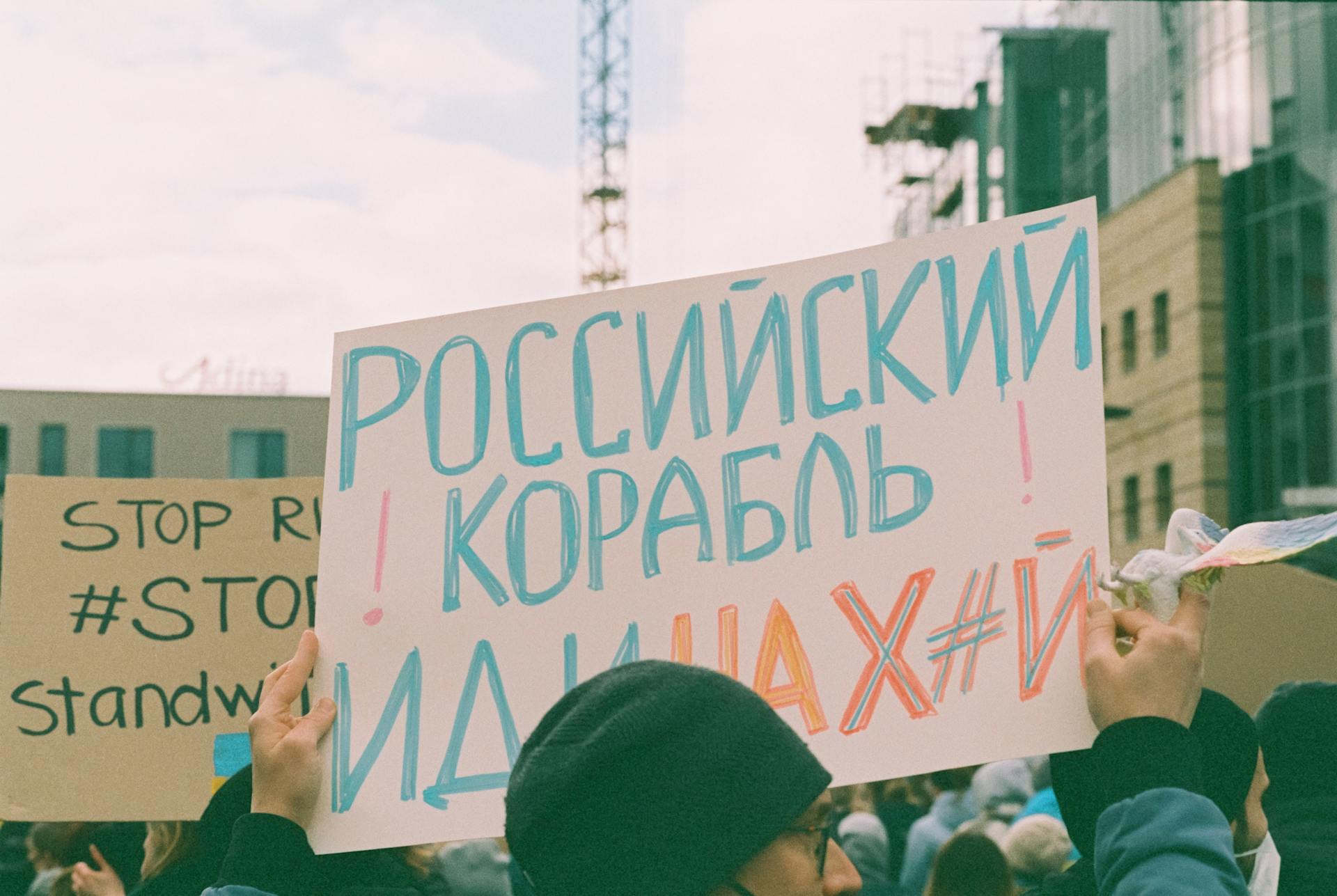
Training aggression out of a dog is possible, but it requires patience, consistency, and a deep understanding of canine behavior. A key factor in successful training is identifying the underlying causes of aggression, such as fear or territorialism.
According to studies, dogs that exhibit aggression often have a history of trauma or abuse, highlighting the importance of addressing the root cause of the behavior. With professional guidance, owners can work with their dogs to overcome these issues.
For example, a study on canine aggression found that desensitization and counterconditioning techniques can be effective in reducing aggressive behavior. This involves gradually exposing the dog to the trigger of aggression while providing a positive association.
In addition to professional help, owners can also take steps to create a safe environment for their families. By managing triggers and providing a stable routine, owners can reduce the likelihood of aggressive outbursts and create a more harmonious home.
Types of Aggression
Dogs can exhibit various types of aggression, each with its own unique characteristics and triggers. These types of aggression can be broadly categorized into instinctual, defensive, and learned behaviors.
Some common types of aggression in dogs include fear aggression, territorial aggression, and predatory aggression. Predatory aggression is an instinctual behavior rooted in dogs' ancestry as hunters, often causing them to stalk and attack smaller animals or objects that mimic prey-like movements.
Dogs may also exhibit territorial aggression, a defensive behavior where they protect an area, person, or position they consider their own from perceived threats. Leash aggression can occur when a normally non-aggressive dog becomes aggressive when on a leash, often due to frustration, fear, or a sense of restraint.
Other types of aggression include containment aggression, which can result from dogs feeling trapped or unable to escape perceived threats, and pain or irritable aggression, which can be caused by underlying medical conditions. Conflict aggression arises from dogs learning that assertive behaviors achieve desired outcomes, often due to inconsistent reinforcement.
Here are some common types of aggression in dogs:
- Fear Aggression
- Territorial Aggression
- Predatory Aggression
- Leash Aggression
- Containment Aggression
- Pain or Irritable Aggression
- Conflict Aggression
- Resource Guarding Aggression
Causes of Aggression
Aggression in dogs can stem from inadequate socialization, which is a critical period in a puppy's life. Dogs that haven't received proper training or socialization as puppies need to learn appropriate behaviors around unfamiliar people, situations, and other dogs.
Genetic factors can also predispose certain breeds or individual dogs to aggression. A lack of proper socialization is a common cause of aggression in dogs.
Common signs of dog aggression include growling, baring teeth, snapping, or even biting. Medical conditions can also contribute to aggressive behaviors in dogs.
Dogs in a shelter environment may be fearful or anxious due to their heightened stress level. Pressuring dogs and/or not respecting their warning signs in these circumstances can lead to a bite.
Inadequate socialization, fear, confusion, or guarding can all lead to aggressive behaviors in dogs. Once a behavior source is identified and understood, it often can be overcome with time, training, and confidence-building activities.
See what others are reading: How to Stop Staffy Pulling on Lead
Recognizing Aggression
Recognizing aggression in dogs is crucial to prevent injuries and potentially train it out. Recognizing warning signs of potential aggression is vital, and before a dog bites, it may show signs such as body stiffness, growling, lunging without making contact, showing its teeth, and snarling.
Dogs may exhibit a range of behaviors that indicate aggression issues, including barking, straining, biting, nipping, or lunging. They may also stand still and stiff with ears forward, mouth closed, tail high, hackles raised, or growl or bare their teeth.
To identify aggression, observe your dog's behavior and body language in various situations, noting patterns and specific reactions. This can be a vital step in addressing and modifying the behavior with professional guidance. Common signs of dog aggression include growling, baring teeth, snapping, or even biting, which can be caused by medical conditions, a lack of proper socialization, fear, confusion, or guarding.
Here are some common signs of aggression to look out for:
- Barking, straining, biting, nipping, or lunging
- Standing still and stiff with ears forward, mouth closed, tail high, hackles raised
- Growling or baring teeth
- Blocking paths of people or other dogs
- Barging through doors or gates ahead of you
- Demanding attention
- Resource guarding
- Mounting people’s legs or other dogs
- Approaching another dog from the side and placing their head on the other dog’s back/shoulder
- Inserting themselves between you and another person or dog
Recognizing Warning Signs
Recognizing warning signs of aggression is crucial to preventing injuries to people and other animals. Before a dog bites, it may show signs such as body stiffness, growling, lunging without making contact, showing its teeth, and snarling.
Dogs can be unpredictable and may bite without prior warning, making it essential to be aware of these warning signs. If you notice your dog displaying any of these behaviors, it's vital to address the issue immediately.
Some common warning signs of aggression in dogs include growling, baring teeth, snapping, or even biting. These behaviors can be triggered by various factors, including fear, medical conditions, or a lack of proper socialization.
Here are some specific warning signs to look out for:
- Barking, straining, biting, nipping, or lunging.
- Standing still and stiff with ears forward, mouth closed, tail high, hackles raised.
- Growling or baring teeth.
- Blocking paths of people or other dogs.
- Barging through doors or gates ahead of you.
- Demanding attention.
- Resource guarding.
- Mounting people’s legs or other dogs.
- Approaching another dog from the side and placing their head on the other dog’s back/shoulder.
- Inserting themselves between you and another person or dog.
If you notice your dog exhibiting any of these behaviors, it's essential to address the issue and seek professional guidance to prevent further aggression.
Intra-Household
Intra-household aggression is relatively common when two or more dogs live in the same household and more than one dog wants to be dominant.
This type of aggression increases with more dogs brought into the home, with older dogs typically being the aggressor over the new or younger dog.
Intra-household aggression can be particularly challenging to correct since the dogs are close to each other and constantly aware of each other's presence.
Separating your dogs and slowly re-socializing them can help alleviate intra-household aggression, making interactions between them calm again.
Training and Prevention
Having an aggressive dog is a complicated issue that requires addressing the underlying cause, not just the symptoms. Behavior is a symptom of an underlying issue, so we need to ask WHY is your dog afraid, nervous, anxious, or obnoxious?
To prevent aggression in your dog, expose them to well-trained dogs and various environments from a young age. This helps them become well-adjusted and confident. Establish clear rules and boundaries, consistently enforcing them to prevent confusion and reduce frustration.
Consult professionals to learn effective training, rewarding, and correcting methods. This ensures a happy, secure, and healthy relationship with your dog.
Tips to Prevent

Exposing your dog to well-trained dogs and various environments from a young age can help them become well-adjusted and confident.
Establishing clear rules and boundaries is crucial to prevent confusion and reduce frustration in your dog.
Love and guidance are essential for a happy and well-behaved companion - this means providing training, correcting unwanted behaviors, and rewarding good ones.
Consulting professionals can help you learn effective training methods and ensure a happy, secure, and healthy relationship with your dog.
Recommended read: Are Zoomies a Sign of a Happy Dog
How to Train
Training an aggressive dog requires a deep understanding of the underlying issues driving their behavior. Aggression is the most common behavior problem in dogs and the most serious, often leading to dogs being brought to shelters when owners feel it's no longer safe to keep them.
To address aggression, you need to ask yourself why your dog is behaving in a certain way. Are they afraid, nervous, anxious, or obnoxious? Resource guarding aggression, for example, presents when a dog becomes territorial over possessions they deem to be exclusively theirs.
Picking up your dog's toys, food bowls, and other possessions when they're not using them can create an "out of sight, out of mind" situation and help manage resource guarding aggression. This simple step can make a big difference in reducing aggression.
Behavior is a symptom of an underlying issue, so it's essential to address the root cause rather than just focusing on stopping the embarrassing or frustrating behavior. To get started, identify the specific behaviors you want to change, such as lunging at other dogs or barking at dogs during walks.
Here are some common signs of aggression and potential underlying issues:
By understanding the underlying causes of your dog's aggression, you can develop a more effective training plan and work towards creating a safe and happy home for both you and your dog.
Control-Related
Control-Related Aggression is often the result of improper handling and is usually directed at owners or other humans who have consistent interaction with the dog.

Dogs will exhibit this type of aggression once they’ve decided they don’t like their exchanges with a particular person and will present with this aggression to keep them away.
This type of aggression is most common among first-time, inexperienced dog owners.
Proper education and training for the dog owner can highly prevent control-related aggression.
A unique perspective: Does Getting a Dog Fixed Help with Aggression
Rehoming
Rehoming is a viable option for dogs with aggression issues, especially if they can't be safely managed in their current environment, like around a new baby.
You need to understand what rehoming entails, including screening potential adopters and making them aware of the behavior issues.
A great adoption bio can help, by truthfully discussing the dog's challenges and why they'd make a wonderful companion.
You can find local breed rescue groups by searching online, using a combination like "cockerspaniel + breed rescue + Montana".
Remember, you're in control of where your pet is placed, so don't be afraid to ask for references and follow up on them.
Explore further: Cockapoo Behavior Issues
Addressing Aggression
Consulting a professional is highly advisable when dealing with aggression in dogs. Professional trainers can provide valuable insight into dog behavior and often pick up on subtle clues that others may miss.
To find a professional trainer, you can use resources like the Association of Professional Dog Trainers' Trainer Search or the Certification Council for Professional Dog Trainers' certified trainer finder. A behaviorist can also assess the dog's history, temperament, and environment to help everyone involved understand what it will take to manage or correct the unwanted behavior.
Treating aggression requires a comprehensive approach. Start by consulting a veterinarian to rule out any medical issues contributing to the aggression. Then, seek guidance from a certified dog trainer or behaviorist who can assess the dog's behavior and develop a tailored treatment plan.
Here are some essential steps to address aggression in dogs:
- Consult with a veterinarian to rule out any medical issues.
- Seek guidance from a certified dog trainer or behaviorist.
- Identify the triggers that provoke aggressive behavior.
- Implement behavior modification techniques with a professional.
- Modify the dog's environment to reduce opportunities for aggression.
- Set clear rules and boundaries, practicing consistency.
Treating aggression requires time, patience, and consistency. Stay calm, celebrate progress, and persist in your efforts to help your dog overcome aggression.
Trauma
Trauma can significantly contribute to aggressive behavior in dogs, especially those that have experienced abuse, neglect, or other traumatic events. Dogs may display fear-based aggression to protect themselves from perceived threats.
Traumatic experiences can lead to increased anxiety, hyper-vigilance, and a lowered threshold for fear or frustration. This can make everyday situations overwhelming for the dog.
Dogs that have not received adequate socialization during critical developmental stages can amplify the effects of trauma, resulting in fear-based responses towards people, other animals, or new environments.
Readers also liked: Reward Based Dog Training
Idiopathic
Idiopathic aggression is the most unpredictable type of aggression, with the trigger either unknown or misunderstood by the dog’s owner.
Idiopathic aggression can be severe, making it a serious concern for dog owners. This form of aggression is often associated with a possible neurological reason behind the behavior.
Addressing
Addressing aggression in dogs requires patience, understanding, and specialized techniques. Building trust through consistent training and providing a safe environment can help reduce aggression. Professional assistance is recommended for this journey.
A professional trainer and/or behaviorist can provide valuable insight into dog behavior and help identify subtle clues and triggers. They can also assess the dog's history, temperament, and environment to understand what it will take to manage or correct unwanted behavior.
To find a professional trainer or behaviorist, you can search online or ask your vet for recommendations. The Association of Professional Dog Trainers and the Certification Council for Professional Dog Trainers offer trainer search resources. For behaviorists, you can contact the Certified Applied Animal Behaviorists or the American College of Veterinary Behaviorists (ACVB).
Consulting a professional is essential in addressing aggression in dogs, as they can provide knowledge, expertise, and experience to help you develop a tailored treatment plan. Effective treatment requires addressing the problem promptly to prevent harm and ensure long-term success.
Here are some steps to take when addressing aggression in dogs:
- Consult with a veterinarian to rule out any medical issues contributing to aggression.
- Seek guidance from a certified dog trainer or behaviorist who can assess your dog's behavior.
- Identify triggers that provoke aggressive behavior through observation and journaling.
- Implement behavior modification techniques, such as positive reinforcement and desensitization.
- Modify your dog's environment to reduce opportunities for aggression.
- Set clear rules and boundaries, practicing consistency.
Treating aggression requires time, patience, and consistency. Stay calm, celebrate progress, and persist in your efforts to help your dog overcome aggression.
Veterinary Checkup and Spay/Neuter Services

A veterinary checkup is essential for any dog showing aggression. This can help rule out underlying medical problems that might be causing the behavior.
Pain, thyroid problems, illnesses, and hormonal imbalances can all cause a dog to become cranky or aggressive. Dogs with hearing or vision loss can also exhibit extreme changes in behavior.
Spaying or neutering your dog can have a positive effect on behavioral issues. In fact, it's often recommended for dogs with aggression problems.
Check SpayUSA to find a clinic or veterinarian in your area that offers low-cost spay/neuter services. This can be a cost-effective and beneficial solution for your furry friend.
You might enjoy: Cavachon Behavior Problems
Sources
- https://leerburg.com/aggresiv.htm
- https://denisemazzola.com/dog-aggression/
- https://www.salishvet.com/services/dogs/blog/7-types-dog-aggression-and-how-nip-them-bud
- https://www.ancillaryk9.com/blog/understsanding-aggression-in-dogs-signs-your-dog-has-aggresion-issues
- https://resources.bestfriends.org/article/dog-aggression-signs-causes-and-how-manage
Featured Images: pexels.com


